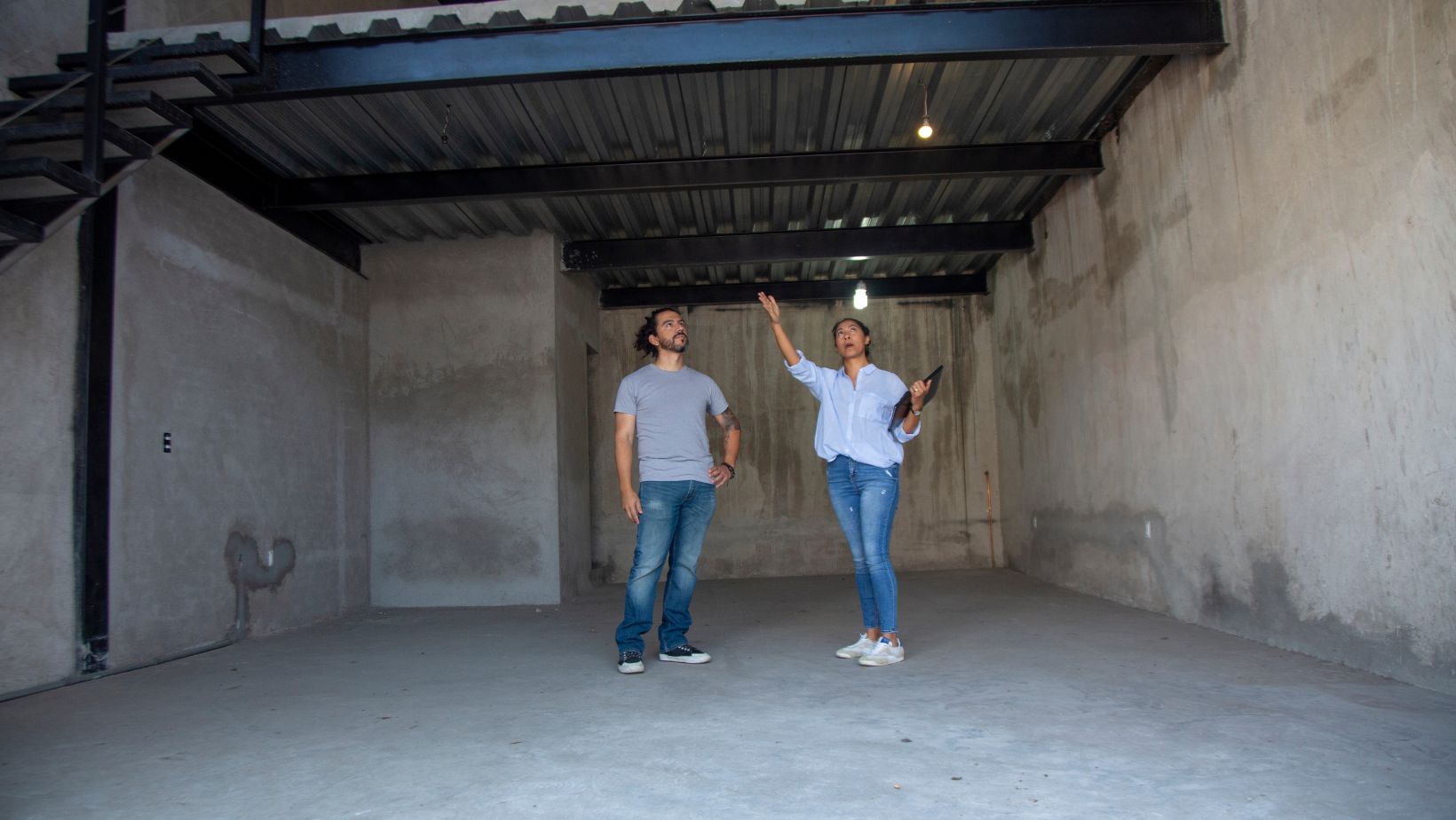Infrastructure planning defines how a business space feels, functions, and performs. A well-structured environment does more than meet building codes. It protects people, reduces risks, and promotes satisfaction for everyone who walks through the door. Every business, from retail stores to offices, depends on how its spaces are built, organized, and maintained. When planning is deliberate and grounded in safety, both employees and customers benefit.
The Foundation of Safe Business Premises
Thoughtful design is the foundation of safety. Protecting people relies on every aspect of the premises, from the physical layout to the installed lighting. Visible and accessible emergency exits are crucial for a fast response during a crisis. Additionally, clear pathways minimize confusion and crowding, while adequate lighting both helps prevent accidents and acts as a deterrent to crime.
Essentially, thoughtful infrastructure considers how people move, interact, and respond in a space. For instance, separating high-traffic zones from workstations prevents collisions and injuries. Installing smoke detectors, fire-resistant doors, and sprinklers reduces the risk of loss. Businesses that invest in these measures build not only physical protection but also trust among staff and customers.
Building with Durable and Low-maintenance Materials
The materials used in construction and finishing define long-term safety and efficiency. Surfaces that resist damage or wear contribute to cleaner, more reliable environments. For instance, powder coated steel bathroom partitions ensure that high-traffic areas remain durable and easy to maintain. These partitions resist corrosion, moisture, and scratches, making them ideal for facilities that must uphold strict hygiene standards.
Durable materials reduce maintenance frequency and costs. They also minimize the risk of hazards caused by broken or deteriorating surfaces. In facilities like hospitals, offices, and educational institutions, choosing resilient materials keeps spaces operational and safe. When infrastructure holds up under daily use, staff spend less time on repairs and more time focusing on service and productivity.
Smart design choices for safer environments
Safety is not only about strong materials. It also depends on how spaces are structured. Flooring, ventilation, and layout must all align with user needs and safety regulations. Floors with non-slip finishes prevent accidents. Adequate ventilation ensures air quality and comfort, especially in enclosed offices or industrial areas. Proper lighting in stairways, storage areas, and corridors prevents injuries and improves visibility.
Compliance with accessibility standards is also essential. Features like ramps, wide doorways, and clear signage make a business more inclusive. These details reduce legal risk and reflect respect for all users. Designing with safety in mind also means planning for emergencies. Businesses should maintain updated evacuation routes, install fire extinguishers in key locations, and ensure staff are trained to respond to incidents.
Integrating technology into infrastructure planning
Technology enhances safety and efficiency in modern infrastructure. Smart sensors monitor temperature, humidity, and air quality. Automated lighting adjusts to occupancy levels to save energy and reduce strain. Security systems with surveillance and access control protect assets and people.
Maintenance technology helps identify potential risks early. Sensors that detect leaks, electrical faults, or pressure changes allow businesses to act before damage occurs. Smart HVAC systems improve indoor air quality and energy performance. Over time, these systems reduce operating costs and extend the lifespan of equipment. A technology-driven infrastructure not only creates safer spaces but also supports sustainable, cost-effective operations.
Linking infrastructure to satisfaction and experience
Safe and well-planned environments directly affect how people feel and perform. Employees who work in organized, well-lit, and clean spaces report higher satisfaction and productivity. Customers visiting secure and comfortable premises develop stronger trust in the business.
Feedback plays a central role in measuring these outcomes. Businesses should regularly collect customer feedback to understand how their spaces influence comfort and confidence. Asking for opinions on cleanliness, accessibility, and safety gives valuable insight into what works and what needs adjustment.
Feedback also helps businesses identify blind spots in infrastructure performance. For example, recurring complaints about lighting or layout inefficiencies can guide improvements. Listening and responding promptly ensures that both employees and customers experience consistent satisfaction and safety.
Sustainability as Part of Safety Planning
A safe workplace should also be sustainable. Energy-efficient systems, recycled materials, and waste management programs contribute to environmental and human safety. Efficient lighting and insulation reduce fire risks and lower utility costs. Recycled or low-VOC materials improve indoor air quality.
Sustainability is not an afterthought; it is part of responsible infrastructure planning. Green designs also attract environmentally conscious customers and employees. Businesses that reduce their environmental impact gain reputational and financial benefits. A sustainable approach reinforces the idea that safety extends beyond physical protection; it includes long-term health and ecological responsibility.
Coordination Between Teams and Facilities Management
Safe infrastructure relies on continuous cooperation. Facility managers, safety officers, and business leaders must communicate regularly to review risks and maintenance schedules. Each team should understand its role in keeping the premises functional and compliant.

Routine inspections, performance reports, and scheduled upgrades prevent small issues from turning into large problems. Clear documentation ensures accountability. Businesses that coordinate safety and facility management processes see fewer disruptions and lower costs.
Training is also vital as staff should know how to identify and report hazards. Maintenance teams must follow clear checklists for cleaning and repair. When safety becomes part of daily operations, it strengthens the entire infrastructure ecosystem.
Future-proofing your Infrastructure Strategy
Infrastructure planning is not static, and as businesses evolve, their physical environments must also adapt. Future-proofing involves flexibility, scalability, and proactive maintenance. Modular systems and open layouts make it easier to reconfigure spaces as needs change.
Predictive maintenance tools track performance trends and signal when parts need replacement. Keeping updated blueprints, digital floor plans, and service histories helps with efficient repairs and upgrades. A business that plans to reduce downtime and stay compliant with safety standards.
Technology and design trends also evolve, and businesses should stay informed about new materials, safety protocols, and construction techniques. Regular reviews ensure that facilities remain efficient, appealing, and safe for everyone.
Conclusion
Infrastructure is more than a physical foundation. It shapes how people experience a business every day. When planning focuses on safety, durability, and satisfaction, the result is a space that supports long-term success. Durable materials like powder coated steel ensure resilience. Smart systems add efficiency. Feedback from customers and employees drives meaningful improvement.
Businesses that invest in thoughtful infrastructure planning protect their people, strengthen trust, and reinforce operational excellence. Safe environments do not happen by accident; they are built with purpose, maintained with care, and improved through feedback. In the end, safety and satisfaction become two sides of the same strong foundation.













